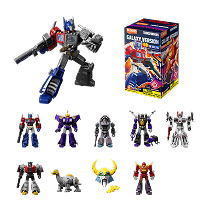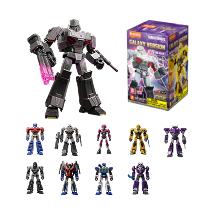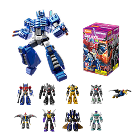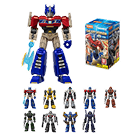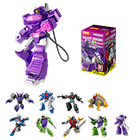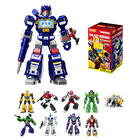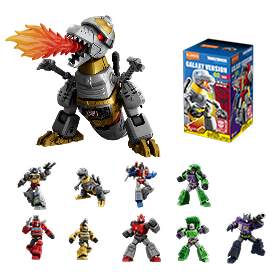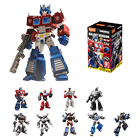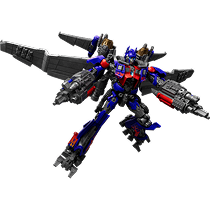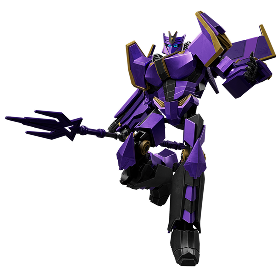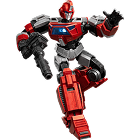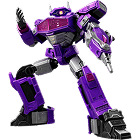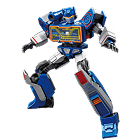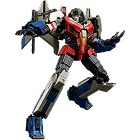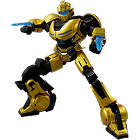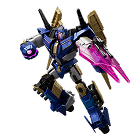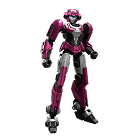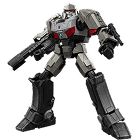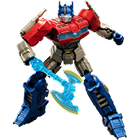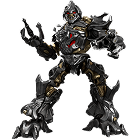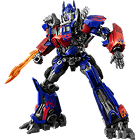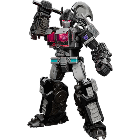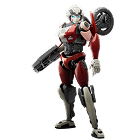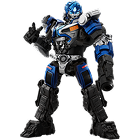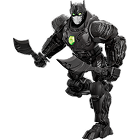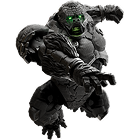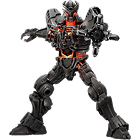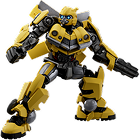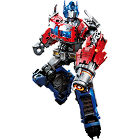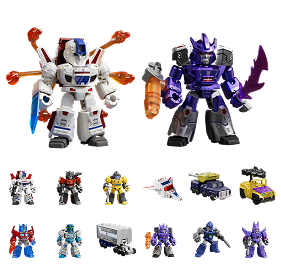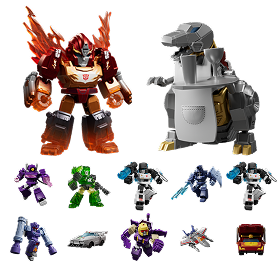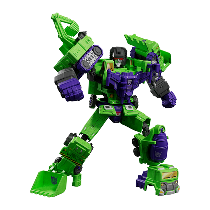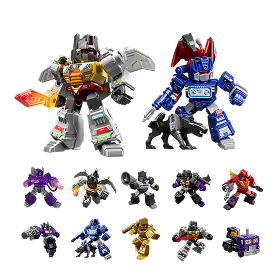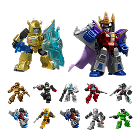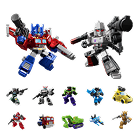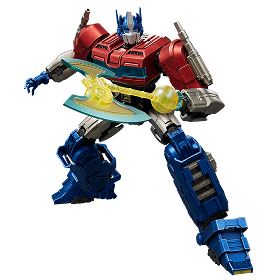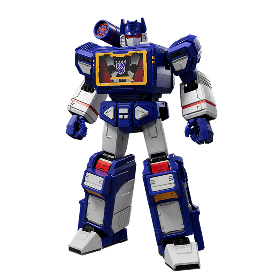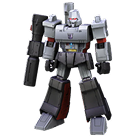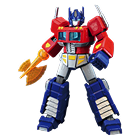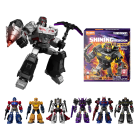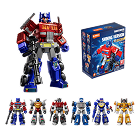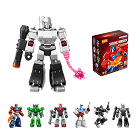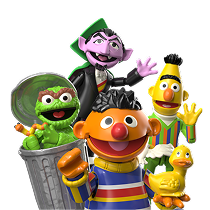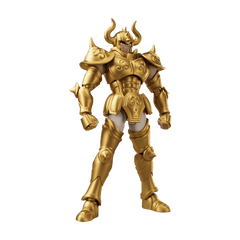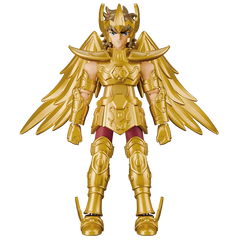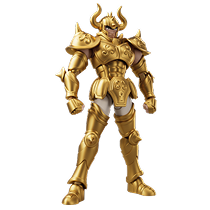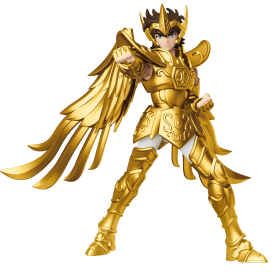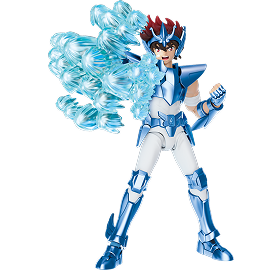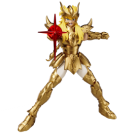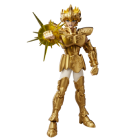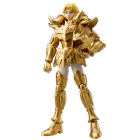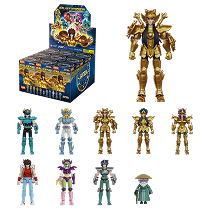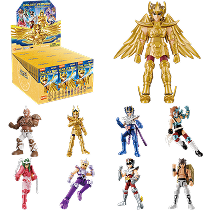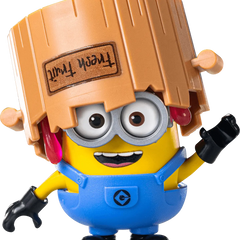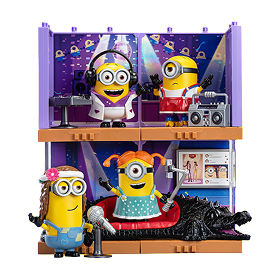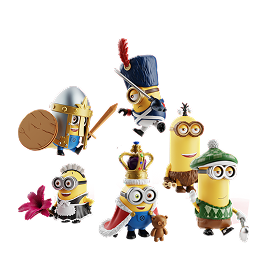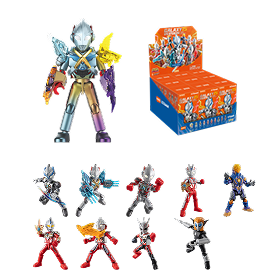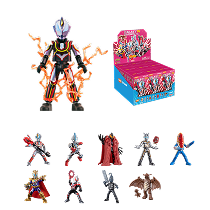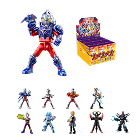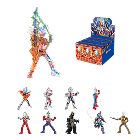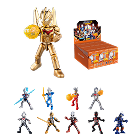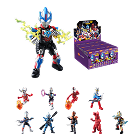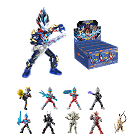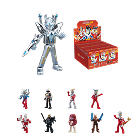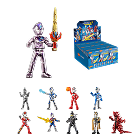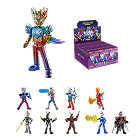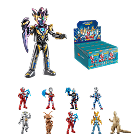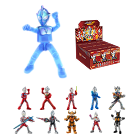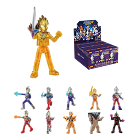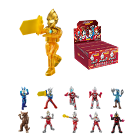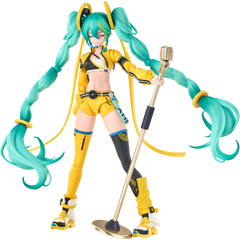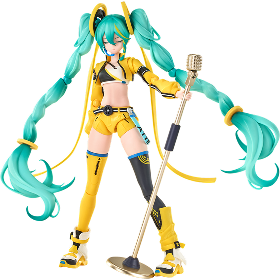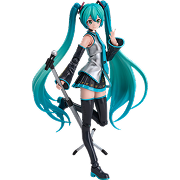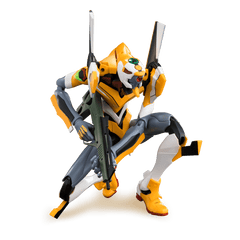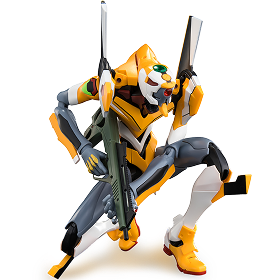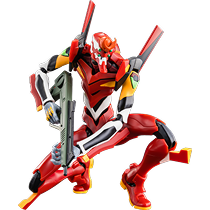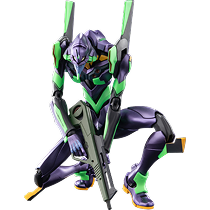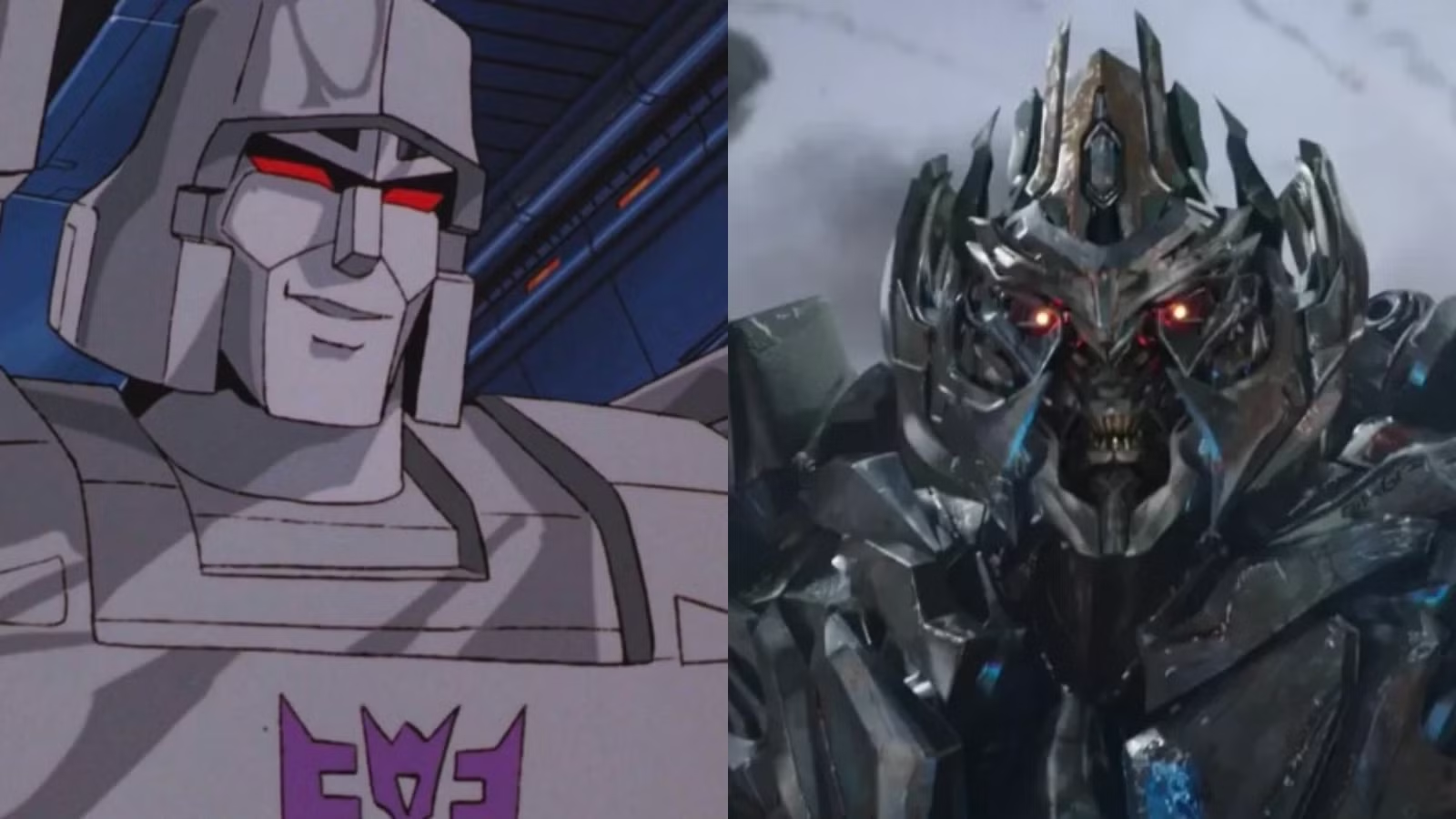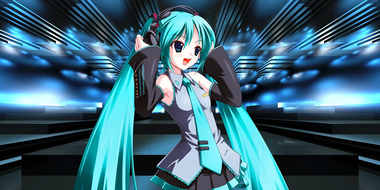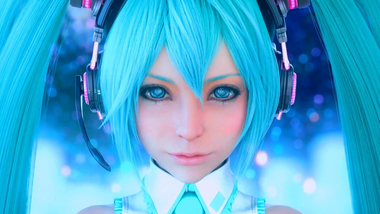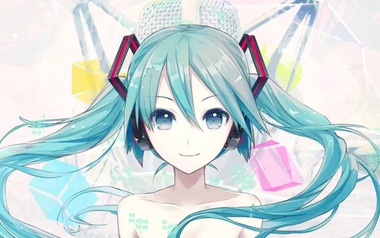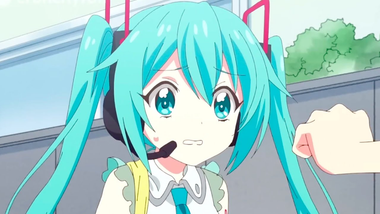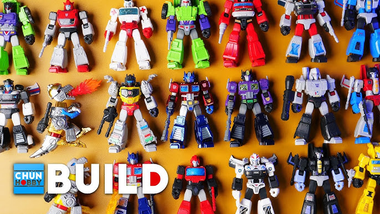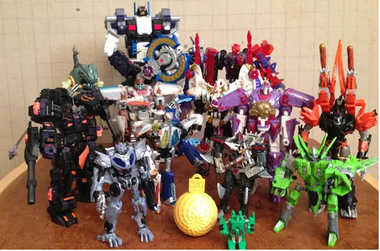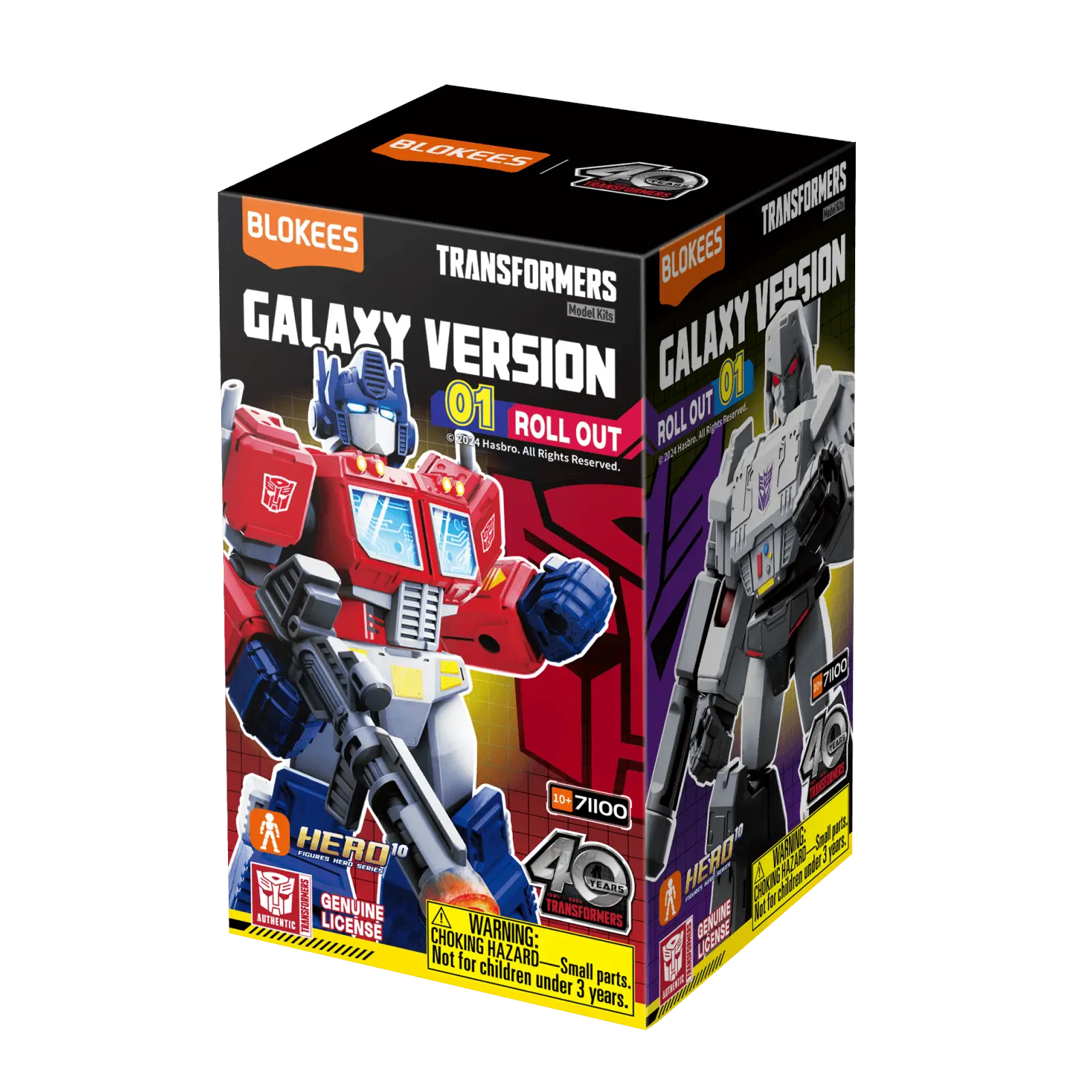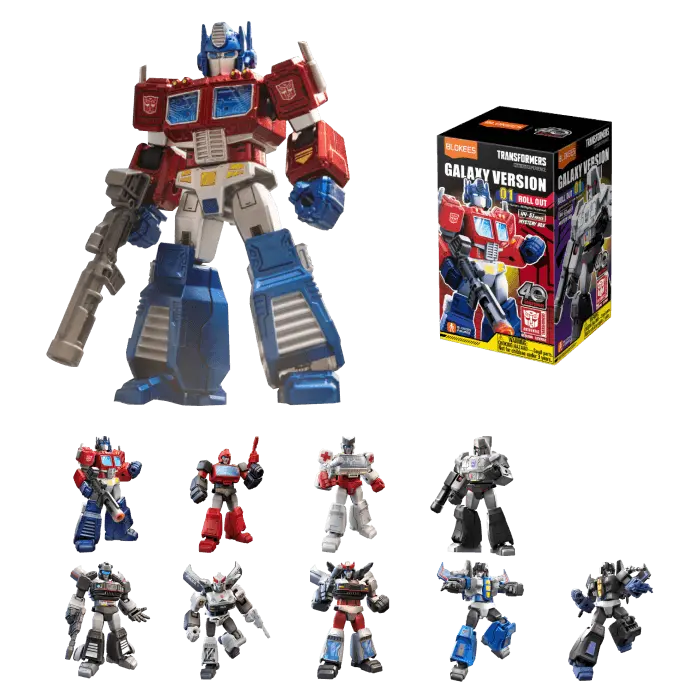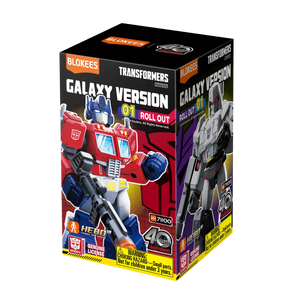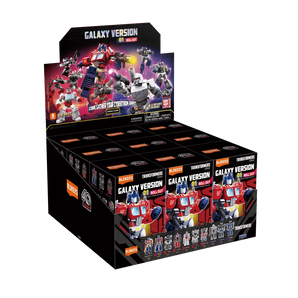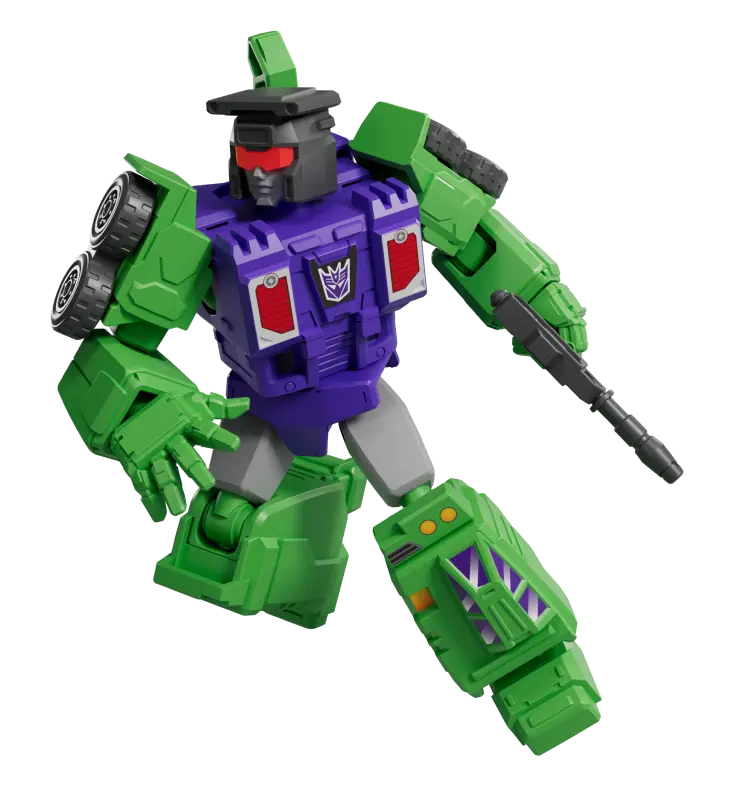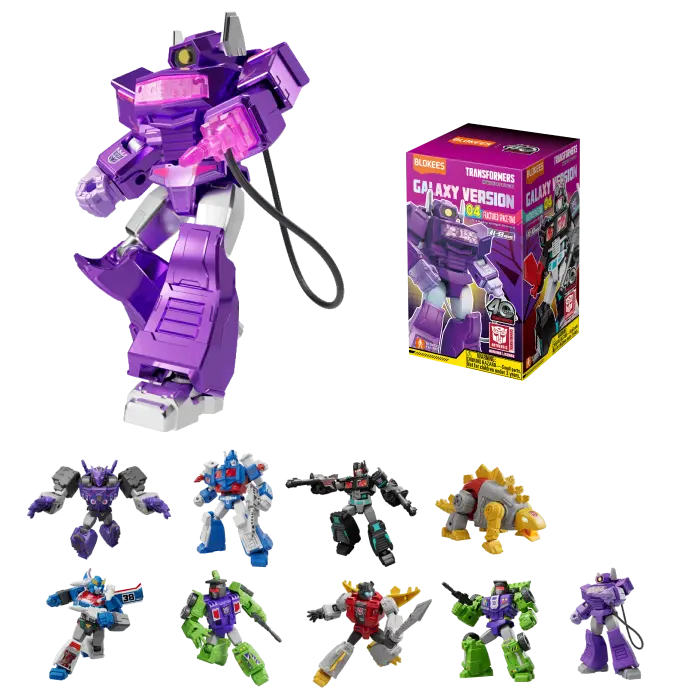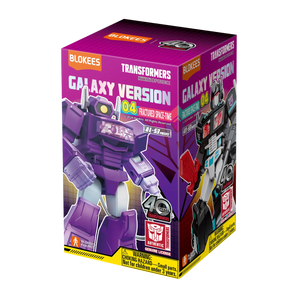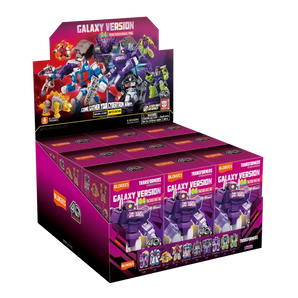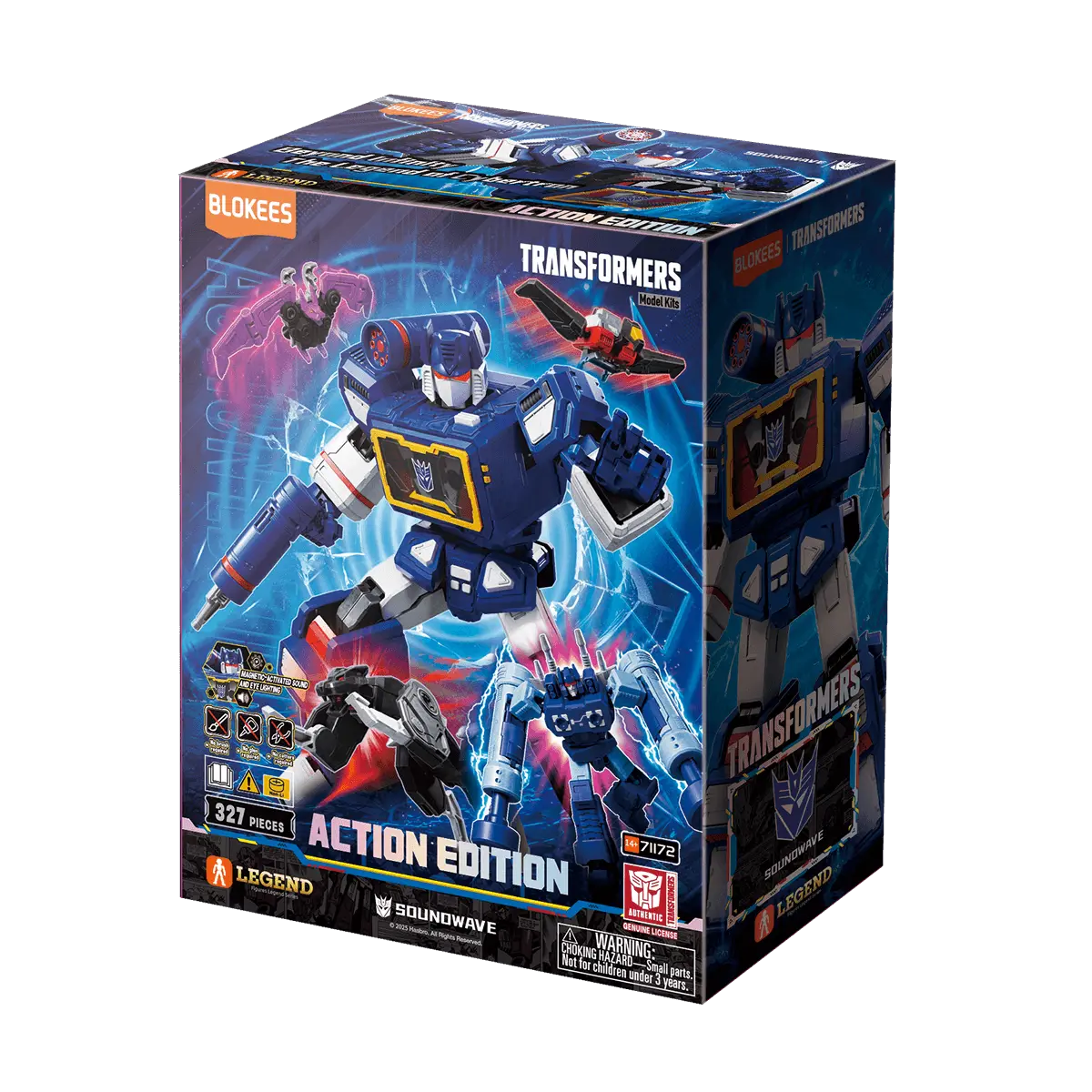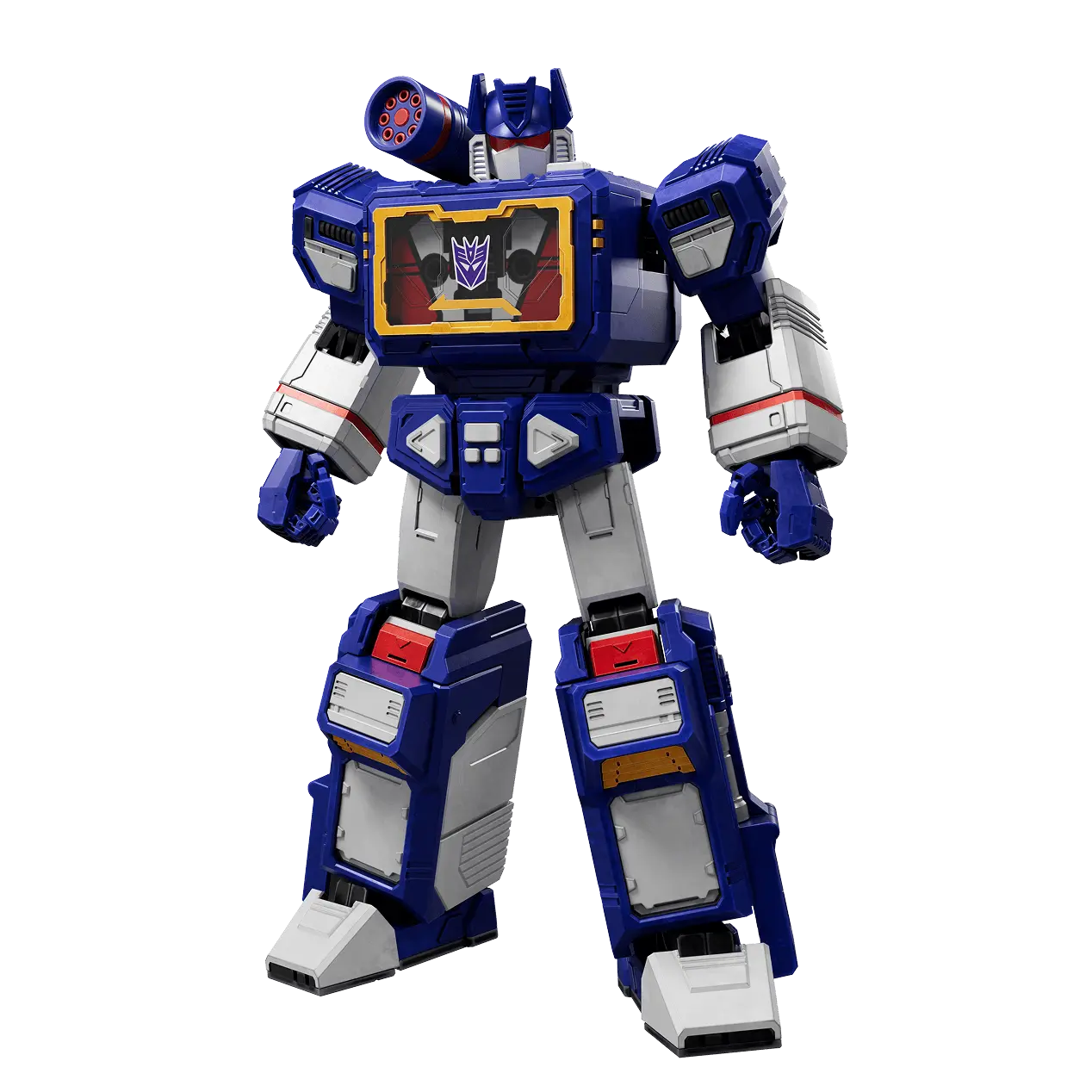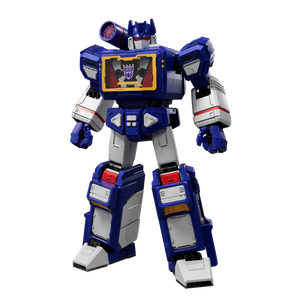Megatron begins as an idealist in several continuities—a miner, a thinker, or a gladiator who witnesses systemic injustice on Cybertron. Over time, his outrage hardens into a belief that only force can deliver order. When peaceful strategies fail and trust breaks, that belief curdles into tyranny. The details vary by movie, show, and comic, but the arc is consistent: reformer → radical → warlord.
This guide gives you a simple, continuity-aware explanation you can quote, plus a quick timeline, philosophy notes, and FAQs. If you’re setting up a display, we also share posing ideas for SG-themed poseable model kits without spoiling any media.
The Core Through-Line (Works Across Most Versions)
From grievance to doctrine
Megatron often starts life among Cybertron’s lower castes: performing heavy labor, fighting in arenas, or speaking out through essays and speeches. In this phase, he’s not “evil”; he’s angry and articulate. He wants reform—sometimes alongside like-minded bots, sometimes in underground circles.
When peaceful change fails
Protests get crushed. Dialogues stall. Leaders he hoped to trust either preserve the status quo or act ruthlessly in private. In many tellings, Megatron survives brutality that convinces him the system won’t respond to reason. Violence starts to seem like the only lever left.
Crossing the line
The moment he crosses from “revolutionary” to “tyrant” is the moment means become ends. He decides freedom requires absolute control, and dissent is treason. That’s when followers rally to a new banner: the Decepticons. He changes the world, but by imposing a new order rather than persuading one.
A Quick Timeline by Major Canons (Scan-Friendly)

Classic Animated/Comics Era (G1 and beyond)
- Early ideals: Anger at inequatobots, with “order through strength” as the creed.
Modern Comics (various publishers)
- Writer focus: Nuanced “radicalization” story—essays, labor movements, arenas, police violence.
- Philosophy: Law and order under a single will prevents chaos.
- Why it resonates: Readers see how a legitimate grievance slides into authoritarianism.
Aligned/TV Interpretations (Prime, related media)
- Alien distance: A ruler shaped by brutal conflict who values loyalty and might.
- Relationship with Optimus (Orion Pax): Often begins as tense respect, then a rift over methods.
Live-Action Films (Bayverse overview)
- Theme: Ruthless conqueror who believes fear and dominance prevent disorder.
- Friendship angle: Less emphasis on the former kinship with Orion; more on survival and power.
Transformers One and similar origin-forward stories
- Focus: Youthful ideals on Cybertron, friendship/ideological split with Orion Pax, and the slow slide from “justice” to “vengeance.”
- Takeaway: He doesn’t “wake up evil”; he becomes it.
The Philosophical Pivot: “Order at Any Cost”

Megatron’s slogan could be summarized as order over choice. He sees chaos as the enemy—war, corruption, class cruelty. But instead of building consent, he imposes obedience. Once “control” becomes the answer to every problem, every rival becomes an enemy of peace and must be crushed.
That’s why he and Optimus (Orion Pax) diverge so sharply. Optimus trusts agency and duty; Megatron trusts hierarchy and fear. In many timelines, they start in the same room with the same goals. They leave by different doors.
Catalysts You’ll See Repeated (Without Spoilers)
- Caste oppression: A world where your function dictates your worth breeds rage.
- State violence: Beatings, show trials, or assassinations radicalize protest movements.
- Betrayals: Mentors or institutions that mock or weaponize reformers push them over the edge.
- Hero complexes: Once followers cheer results, strongmen call themselves necessary.
- War logic: After the first atrocities, everything justifies the next one.
You don’t need every beat to reach the same end. Different shows and comics remix them, but the destination is similar.
Why Fans Still Find Him Compelling
He’s tragically plausible
Megatron’s arc mirrors real-world stories where reformers become autocrats. That doesn’t excuse him—it explains him. The “fall” feels earned, not random.
He’s the perfect foil to Optimus
Two leaders, one problem set. One chooses service and restraint; the other chooses dominion. Their debate doesn’t end—it collapses into war.
He’s visually readable
Whether tank, jet, or truck, his silhouettes communicate weight and threat. A cannon arm says, “I command.” For displays, that instant read is gold.
Shattered Glass vs. “Regular” Megatron (Keep It Straight)

Shattered Glass (SG) flips morality: Autobots are oppressors; Decepticons can be resistance figures. That’s why online threads sometimes mix answers—people are actually discussing SG Optimus (a tyrant) instead of Megatron, or vice versa. When you write or chat, name the universe first. It prevents accidental “Megatron = hero” takes in standard continuity.
If you’re posing a shelf, SG colors and insignia make the theme obvious. Pair SG villains opposite classic heroes for a “mirror” display that photographs well.
Display Tips for a Megatron-Centric Shelf
- Tell a story in one glance: Put Megatron slightly higher, cannon arm angled down, head tilted—a visual monologue.
- Use contrast: Position bright heroes opposite darker tones to make the conflict pop.
- Light smart: Side lighting carves edges on tanks and jets; UV accents (if applicable) add drama.
- Pose economy: Fewer accessories, clearer silhouette. Tyrants don’t need clutter.
Answering the Search Intent Directly
If someone asks, “why did Megatron turn evil?” give them a one-liner they’ll remember:
Because every peaceful path he tried felt blocked, he decided only absolute control could end Cybertron’s suffering—then became the very tyrant he swore to defeat.
Then add the continuity they care about: movie, show, comic, or SG. You’ll sound precise without drowning them in minutiae.
Practical Reading Order (No Spoilers)
If you’re totally new:
- Watch an origin-leaning take where Orion Pax and young Megatron clash in ideas.
- Sample a modern comic arc that explores labor, speeches, and the turn to violence.
-
Revisit the films for an uncomplicated “warlord” read.
You’ll see the same spine told three different ways.
Frequently Asked Questions
Why did Megatron turn evil in simple terms?
He lost faith that peaceful change could fix a cruel system. He chose control over consent, and that choice escalated until he became a tyrant.
Why did Megatron betray Optimus Prime?
In many versions, they begin aligned in purpose. The split comes when Megatron insists that force is the only path and condemns Optimus’s restraint as weakness or complicity.
Was Megatron always evil?
No. Several canons show him as a worker, writer, or gladiator pushing for reform. The “evil” comes later—through disillusionment and the embrace of domination.
Why did Megatron turn evil in Transformers One–style origins?
Those stories emphasize youthful ideals, institutional rot, and a personal break with Orion Pax. The result: vengeance eclipses friendship, and “order at any cost” becomes doctrine.
Is Megatron totally evil?
He’s written as a tragic antagonist: understandable motives, unforgivable methods. The empathy stops where the atrocities begin.
Did Megatron become a good guy anywhere?
Some arcs explore remorse or uneasy alliances. But the mainstream read remains: he is the Decepticon warlord and primary antagonist.
What pushed him over the edge—one event or many?
Many. Oppression, violence, betrayals, and war logic stack until the “no going back” point. Different canons spotlight different triggers.
What’s the key difference between Megatron and Optimus?
Ends and means. Optimus holds lines—civilian safety, shared agency, moral limits. Megatron removes lines—he values order more than choice.
How does Shattered Glass change the answer?
SG flips roles. If you’re discussing SG Optimus, he’s the tyrant. SG Megatron can be drawn closer to “resistance leader.” Always label the universe first.
Where should I start if I want to collect Megatron-era pieces?
Begin with iconic silhouettes that match your favorite continuity. Explore Transformers model kits, check articulation for strong cannon-arm poses, and consider a hero-vs-villain pairing for display balance.
Conclusion
Megatron doesn’t wake up evil—he arrives there. He watches a rigid world break people he cares about. He tries words, then fists, then armies. Somewhere along that road, “justice” turns into “my will,” and the revolution becomes a regime. That’s why his story endures: it’s a cautionary tale about how righteous anger—without limits—can become the very thing it hates.
If you’re building a shelf or writing for fans, lead with that spine. Then add the continuity you’re covering, whether that’s an origin-first film, a classic cartoon, or a modern comic arc. And if you want the mirror-universe twist, SG-inspired poseable model kits make the moral flip instantly visible—no dialogue required.






